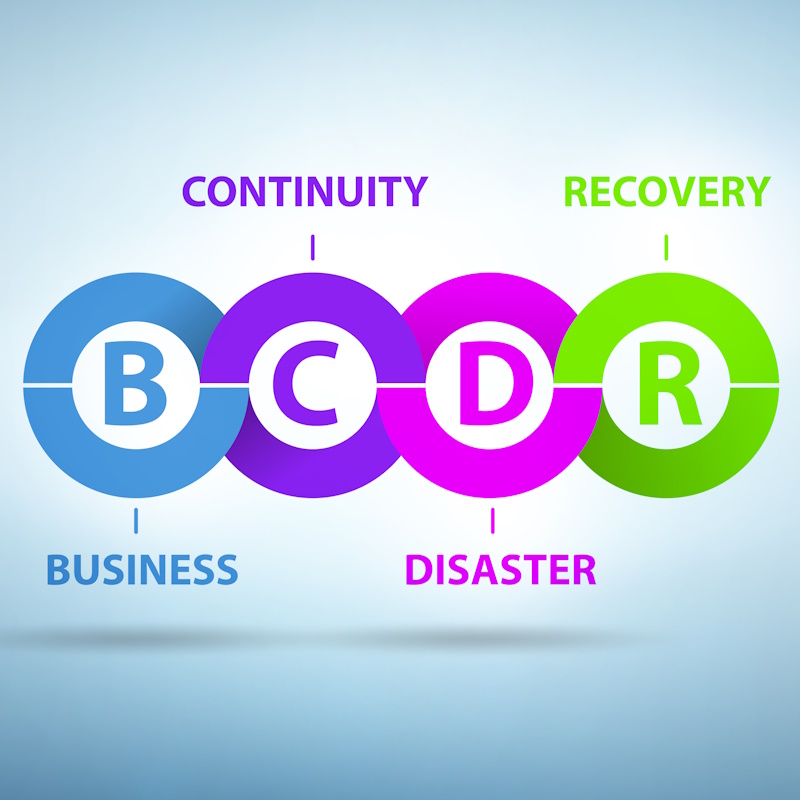Recent Posts
Categories

Organization Agility is the ability to quickly adapt to a rapidly changing market. This empowers your employees, process and technologies to change direction as quickly as needed to be successful, avoiding downtime and revenue loss.
It is hard to predict the future, so it is better to be agile and adjust to the change as needed. From the Covid 19 Pandemic to supply chain issues to inflation and war, no one could have predicted these events early enough to truly be prepared. These challenges make it difficult for businesses to succeed and meet their long term objectives, at least not the same way that had planned to. Organizational agility gives companies the ability shift with the needs of employees, customers, and sudden market changes.
Why is Organizational Agility Important to success?
Anyone who was turned up side down by COVID, the supply chain shortage, work force talent shortage, or market demands can see the value in being agile. The quicker you can respond to employee needs, supply changes, customer needs, and overall market changes the sooner you will be growing, even in the most adverse conditions.
Businesses need a path forward, not a set back. Being able to listen to your employee, customers, vendors, and the market can bring a force together to allow you to quickly make the changes that support growth and bring value. An agile approach makes iterative changes based on feedback loops throughout the growth process, from employees and key stakeholders, including clients. These small changes are made and additional information is provided so you can make your next change based on future suggestions. The small improvements helps to create a culture of constant improvements and supports an empowered staff who wants to bring value and a sense accomplishment. Embrace the challenges and changes in a positive way.
What is the Difference Between Agility and Scalability?
Scalability is the ability to increase and decrease resources as needed. Agility is the agility to adapt to change and overcome challenges, keeping you moving forward no matter the obstacles. Think of scalability as going up and down based on needs, like adding more gas to go up a hill and decreasing the gas to coast down the hill. Whereaas, agility is moving left to right to avoid unforeseen obstacles in the road, like switching lanes to avoid a pothole.
To ensure a companies success you need to be both scalable and agile. To achieve that, some things to overcome include:
Know your Target Audience
Delivering value consistently to your customers is critical. Therefore, you should make every effort in knowing them and establishing trust and transparency.
Know What Value Means to Your Customers
Knowing what motivates your customers to actually buy is more than just identifying your customer base. Focus groups where you can give customers prototypes and samples, then watching them on how they use, what they say, and think can be eye-opening! Knowing what they value, can help improve your product/services/messages/delivery.
Develop Self-Managing Teams
Create small, self-managed teams with all the skills and knowledge your organization will most likely require. Inspire them to collaborate and creaet. Cross-train members so they can adapt to the needs of each iteration and figure out the best way to organize themselves to get the job done quickly. These cross-functional teams will help remove the silos that can ruin any attempt at organizational agility.
In addition to team organization, be sure to empower decision making at every level of the organization to reduce the amount of time wasted in asking for and receiving approval. If decision making is too slow, a company’s ability to quickly take advantage of a changing marketplace suffers.
Approach Growth in Iteratively
In a highly predictable business environment, it is better to continuously make small changes to allow you to adapt and grow based on the business environment.
Create a Culture of Continuous Improvement
Setbacks and challenges are apparent in every business. Embrace it and use it as an opportunity to improve. Empower employees to always be on the lookout and be willing to speak out on how something can be done better. It is not the obstacles we face, it is how we overcome them.
Developing organizational agility may require more time and effort than you have available. Allow us to help you simplify you journey.



